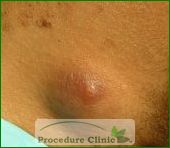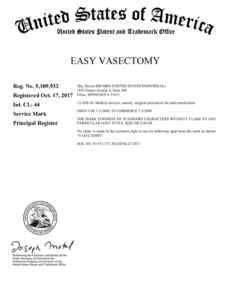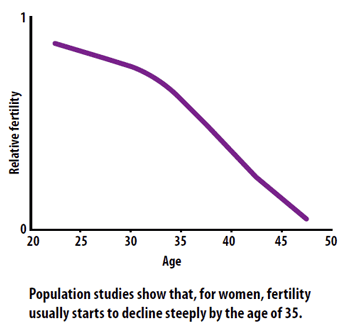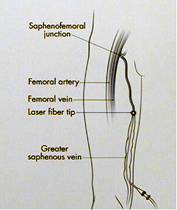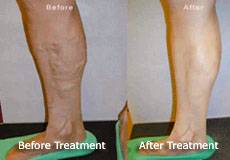As an office proceduralist and cosmetic surgeon, Dr. Shu has been performing skin lesion and mole removal in the past twenty years, and he has vast experience in facial mole removal. Treatment of a mole lesion on the leg or arm is one thing; but on the face, it is an entirely different situation. Cosmetic result of a facial skin procedure sets a higher expectation than medical result. The patients often feel that they are in better hands with a n experienced cosmetic surgeon.
A mole is a general term for a pigmented spot or raised lesion on your skin, and it could be benign growth or skin cancer. A large lesion (more than a centimeter) or progressive growth over time cause more concerns both medically and cosmetically.
A mole lesion is generally treated with shaving or excisional biopsy.
Shave Excision is a common office procedure used to partially or completely remove skin growths for both diagnostic biopsy and treatment purposes and is done by shaving lesions off the skin without penetrating beneath the skin. It is simpler and less expensive than a full-thickness excisional biopsy. Shave biopsies do not require stitches and produce a less noticeable scar. Also, infections are uncommon.
Under the local anesthesia, the skin lesion is shaved with razor blade first, the radio frequency device is used to remove any remaining tumor cells from the base of the wound, while smoothing the wound edges and also improves the final scar appearance. The specimen is sent to the pathological lab for the examination.
Simple surgical excision is the most common method used to treat larger moles and skin cancer lesions. The procedure involves surgically removing the lesion with certain margin (amount of normal skin surrounding it) under local anesthesia. The wound needs to be closed with suturing.
The specimen is often sent to the laboratory for histological analysis to rule out malignancy. The skin cancers on the face, large skin cancers or malignant melanomas may require the excision with plastic flap closure.
Scarring Concerns
Shaving procedure usually causes shallow round scar, and surgical fusiform excision will result in a linear scar. The scar length is always longer than the length of the lesion itself, in order to close it without “dog ears” (skin bunches) at the ends of the wound. The scar improves and become more acceptable with time goes after tissue remodeling process finishes.
An unfavorable scar that occurs from a mole or lesion treatment is related to many factors, which we will talk about it in the next blog.
